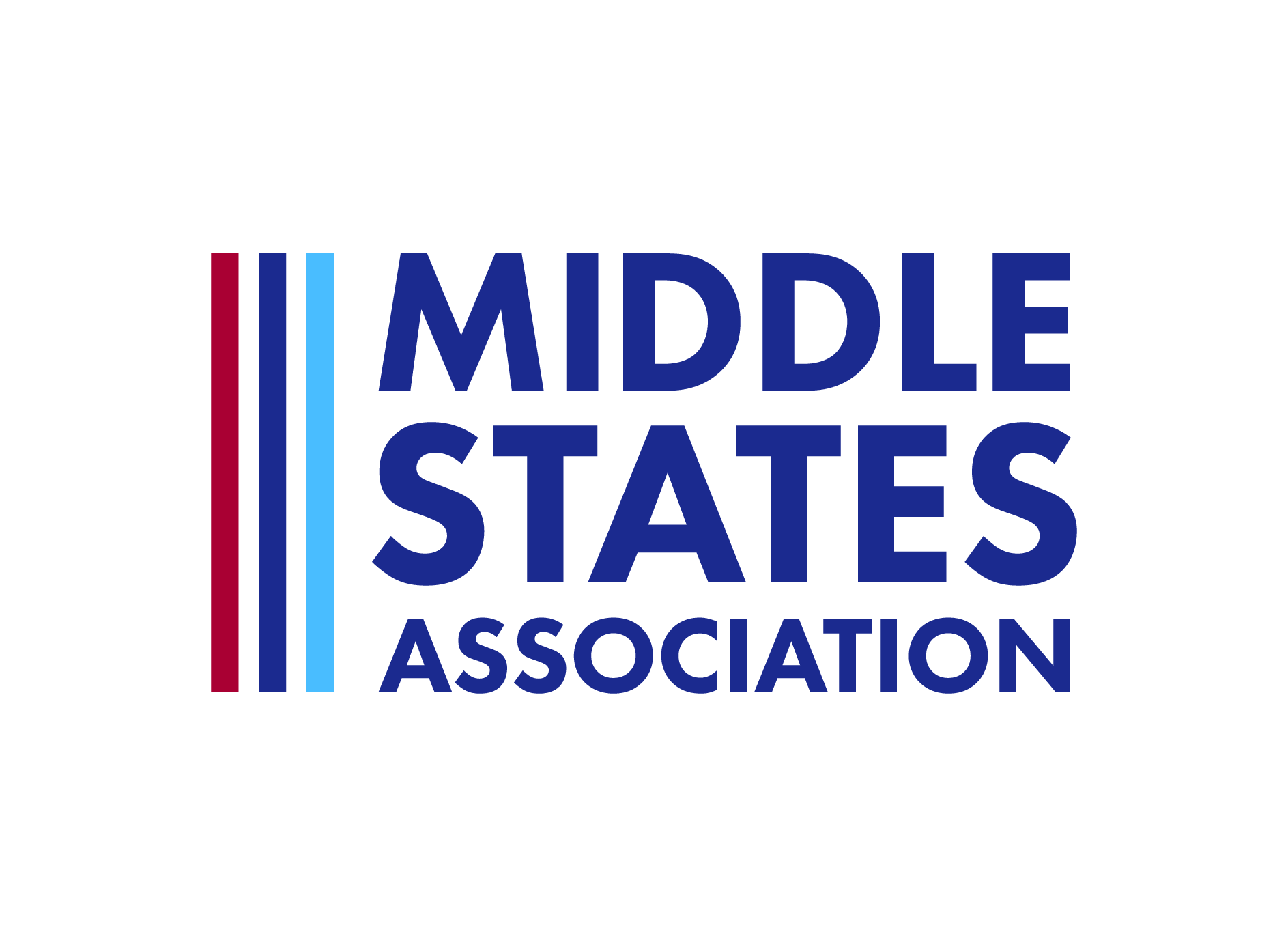Dear Colleagues—
In my last email, I shared a link to “Mitigating Anxiety in Students” with James “Jim” Incardona, Ph.D., and Camille Banks-Lee. I also shared my top 3 takeaways from that conversation.
Because Jim and Camille had so many important insights, I want to share some additional takeaways with resources:
1 | The youth mental health crisis, which started before the pandemic, may be turning into a generational crisis. According to the Spring 2023 Harvard Youth Poll, over the last two weeks:
- 54% of respondents reported feeling “nervous, anxious, or on edge.”
- 52% reported having “trouble relaxing.”
- 47% reported “feeling down, depressed, or hopeless.”
For those concerned about “learning loss,” consider the fact that when students are preoccupied by these mental health concerns, they have less cognitive capacity to learn.
2 | Ask whether your community shares a definition of “mental health.” According to clinical psychologist Lisa Damour, Ph.D., “The definition of mental health that circulates in the culture doesn’t match very well with the definition that we use as psychologists. Mental health is not about feeling good or happy or calm or relaxed. It’s about two things: 1) having feelings that fit the moment that make sense in the context. And 2) handling those feelings effectively, in a way that brings relief and does no harm.” You can learn about that and more in her latest book, The Emotional Lives of Teenagers, which I strongly recommend.
3 | Mastery-based experiences strengthen mental health. Start small. You can’t become a mastery-based school all at once. But know that the potential impact is massive. In a substack post by on student mental health, previous MSA webinar guest Michael Horn said, “Moving to mastery-based learning is critical so that we can help students build their agency, resilience, and self-efficacy so that they can learn to embrace failure as part of the learning process, not as a comparison to their peer set that dooms them.”
4 | Smartphones and social media are contributing to a crisis of youth identity formation. I strongly recommend “Barbie was the First Avatar,” an essay by Maria Salamanca and Jomayra Herrera that explores the negative impact of digital life on youth identity formation. Their argument leads me to believe that students need many more opportunities for reflection. Without that deliberate, protected space, young people may continue to suffer from unintegrated identities.
5 | All schools—public and private—can initiate change conversations by foregrounding data and evidence. It’s easy to stick with the status quo, and it’s risky to change, so Boards and school leaders generally require data before they consider big moves. Present evidence about the upside of addressing mental health (eg, the massive positive uptick in mood reported by SHP students) and imminent threats (eg, the data reported in Harvard’s bi-annual poll). Then use that evidence to propose an evolution in attention, time, and new behaviors (refer to takeaway #2 in my previous note).
In my next and final follow-up, we will share answers to audience questions that we didn’t have time to address during the webinar. Keep an eye out for that.
Here at MSA we consider mental health—for all of us—to be one of the “Forces at Play” reordering the world, especially education. To learn more about how you can make sense of this tectonic shift and adapt, join us on June 13 for our “Forces at Play” workshop at the University of Pennsylvania’s Graduate School of Education.
Sending all good wishes—
Christian Talbot

